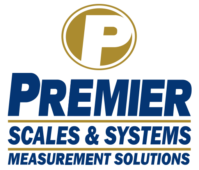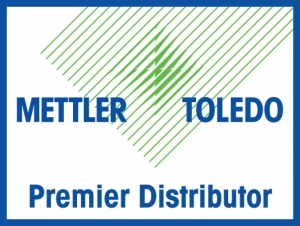Deciding your Calibration Interval
One of the most common questions we are asked is, “How often should I calibrate my measuring instruments?” The short answer, it depends. Every piece of equipment requires slightly different calibration intervals depending on its process. For many of our customers, calibrations intervals can even vary wildly for the same type of equipment in the same facility.
When you’re in the planning stage, the best place to start is typically the manufacturer’s recommended calibration interval. This recommendation can usually be found in the instruction manual, on the manufacturer’s website, or by contacting the manufacturer directly. You should only use this recommendation as a starting point. As you use a device, you will learn how its particular process impacts calibration. The calibration interval for an instrument can vary widely depending on three major factors use, quality, and tolerance.
The three major factors on calibration interval:
- Instrument Use
- Instrument Quality
- Acceptable Tolerances
The more often you use an instrument, and the way you treat it while in use can greatly impact its need for calibration.
Not all measuring instruments are created or treated equally. Whether it’s from initial purchase quality or a loss of quality from age/misuse, low-quality instruments tend to hold their calibration for a shorter time than high-quality instrumentation.
One of the most important factors you should consider is the importance of the measurement to your operation. If the material you are measuring is expensive, the accuracy of the device is that much more important, and the tolerances are tighter. The tighter your tolerances, the easier it is to slip outside of that range.
Events Require Additional Calibration:
Keeping a regular calibration schedule is a critical part of many quality processes, but sometimes necessity compels you to get an additional calibration outside of your normal scope.
- Environmental Fluctuations
- Sudden Shock or Hit
- Before a Critical Project
- Process Requirments
- If there’s ever a Question
Unless your measuring instrument is specifically designed for excess moisture, dusty environments, or extream temperature fluctuations, a major environmental change could cause your equipment to loose accuracy.
Most measuring equipment is more delicate than it seems. Small drop or bump can skew its results.
Always check your equipment for accuracy before it is used for high value or critical operation.
Certain Quality or Process Requirments may require additional calibrations. You can check with your quality manager for these requirements.
Sometimes its better safe than sorry. If there’s ever a question that your equipment is reporting incorrectly, have it calibrated.
Take the Guesswork out of Calibration Scheduling
Premier Scales & Systems can take the guesswork out of your calibration scheduling and budgeting by offering Preventative Maintenance Agreements (PMAs). Our staff will work directly with your team to create a custom calibration service plan designed to preserve your equipment’s performance and identify minor problems in your before they become major issues. In other words, whether it’s a weekly 10-point check or biannual equipment calibration, we meticulously create each PMA to fit your company’s specific processes, goals, and budget.
Our Promise
It is our promise to treat each customer with integrity and respect. To this end, our goal is to design solutions with your company’s best interest in mind, not our bottom line.





